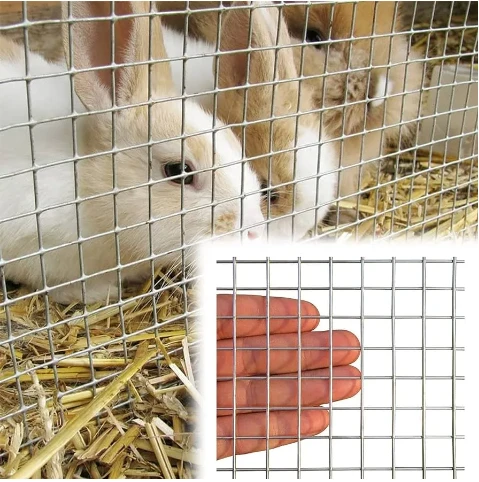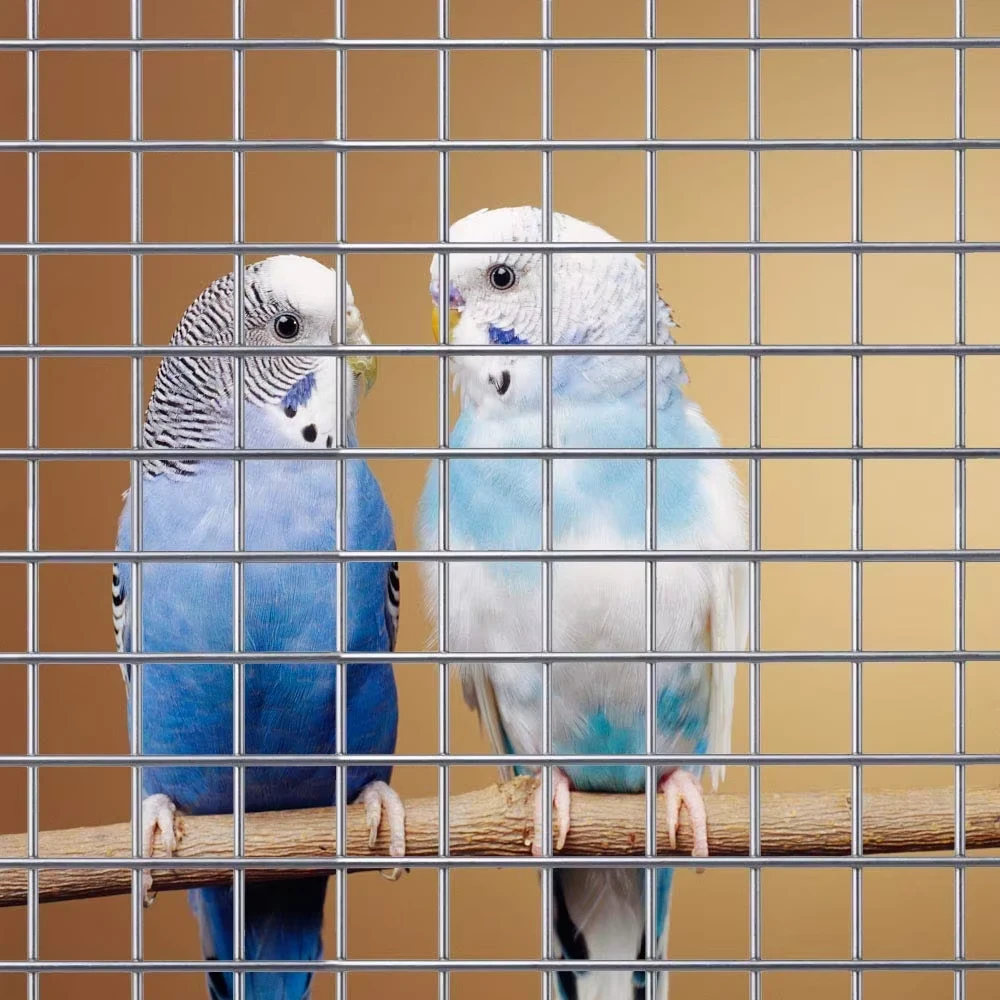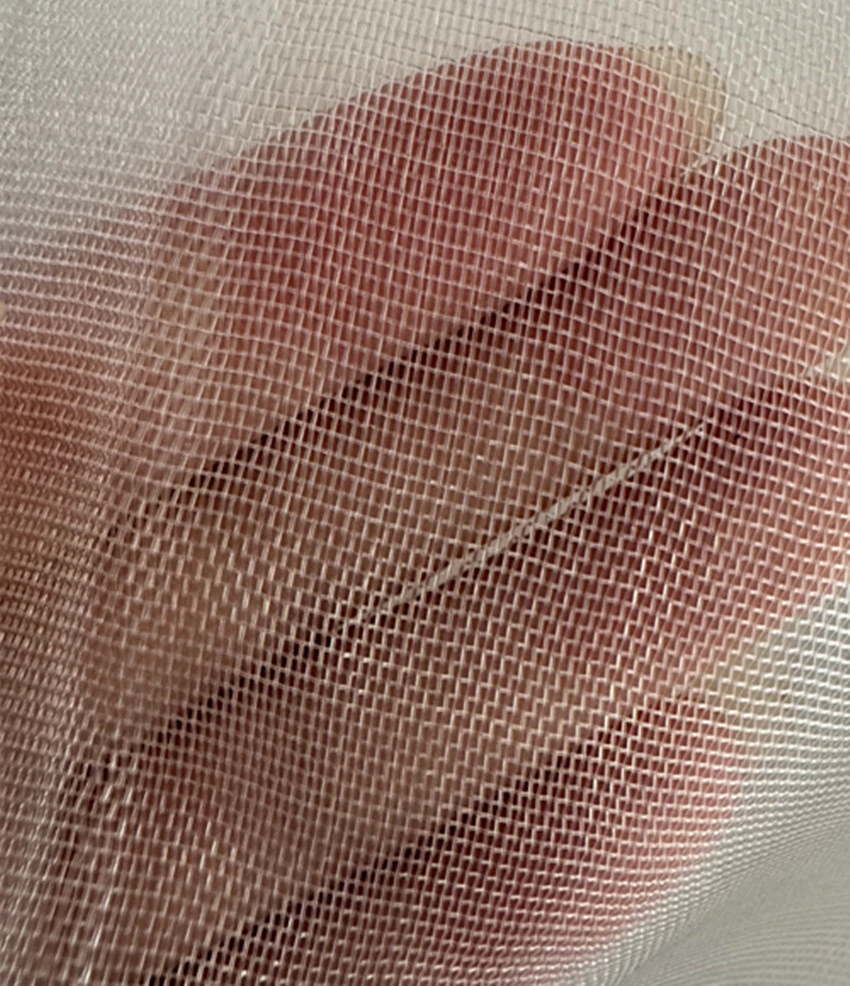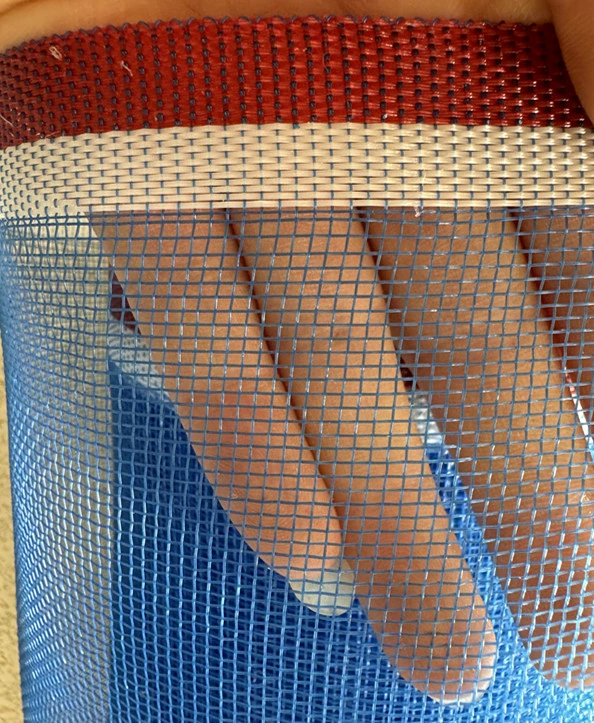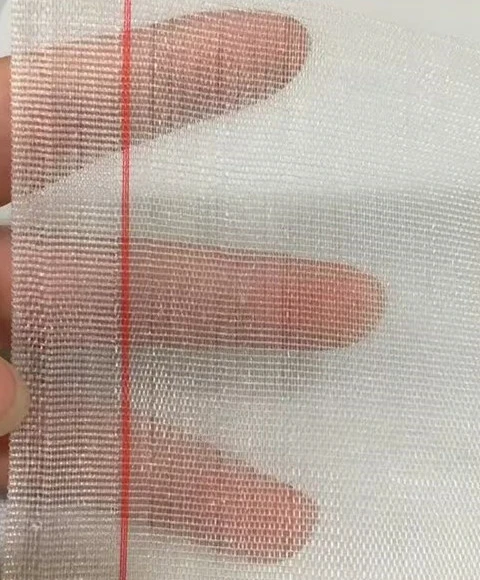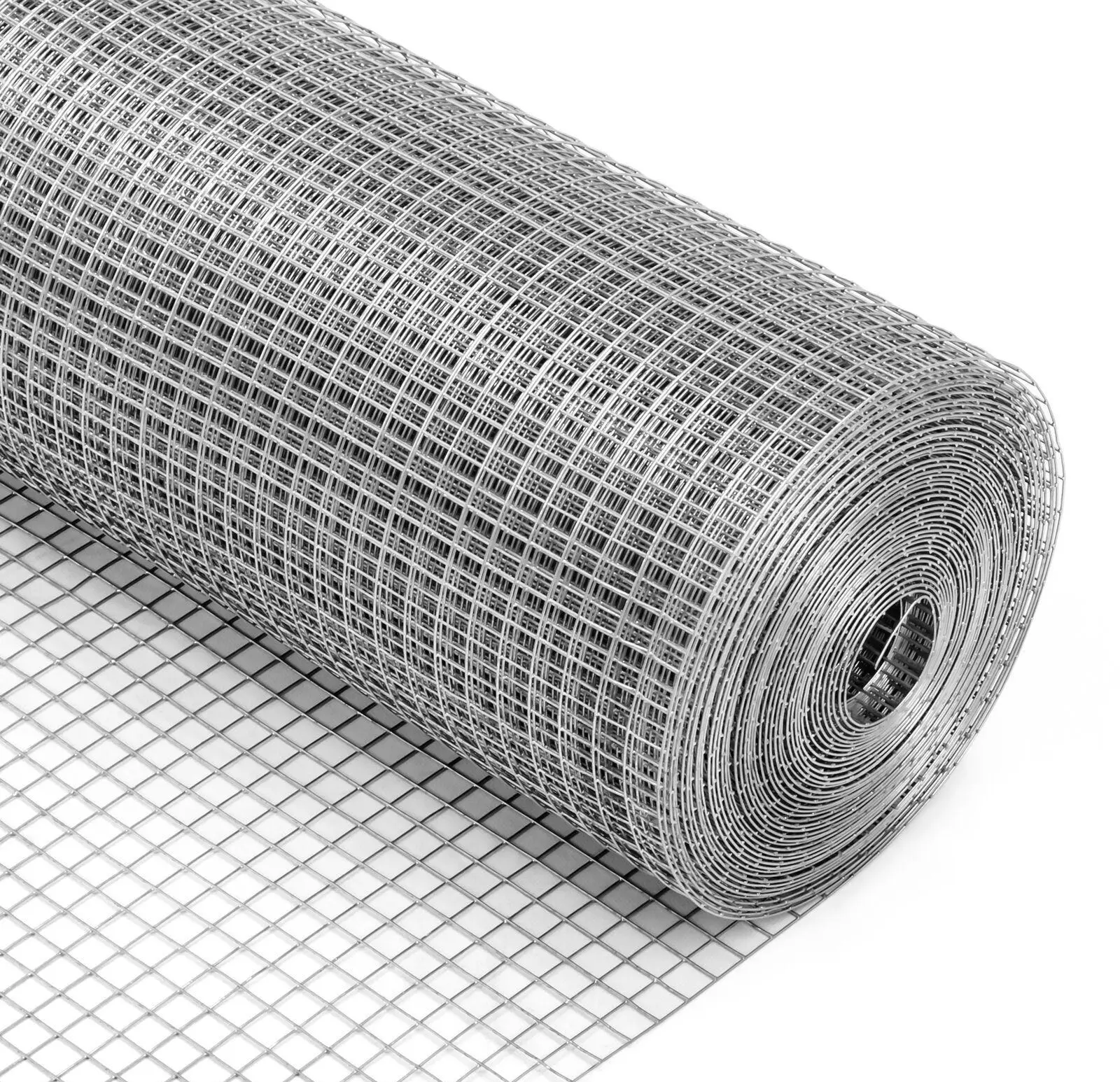-
 Afrikaans
Afrikaans -
 Albanian
Albanian -
 Amharic
Amharic -
 Arabic
Arabic -
 Armenian
Armenian -
 Azerbaijani
Azerbaijani -
 Basque
Basque -
 Belarusian
Belarusian -
 Bengali
Bengali -
 Bosnian
Bosnian -
 Bulgarian
Bulgarian -
 Catalan
Catalan -
 Cebuano
Cebuano -
 China
China -
 Corsican
Corsican -
 Croatian
Croatian -
 Czech
Czech -
 Danish
Danish -
 Dutch
Dutch -
 English
English -
 Esperanto
Esperanto -
 Estonian
Estonian -
 Finnish
Finnish -
 French
French -
 Frisian
Frisian -
 Galician
Galician -
 Georgian
Georgian -
 German
German -
 Greek
Greek -
 Gujarati
Gujarati -
 Haitian Creole
Haitian Creole -
 hausa
hausa -
 hawaiian
hawaiian -
 Hebrew
Hebrew -
 Hindi
Hindi -
 Miao
Miao -
 Hungarian
Hungarian -
 Icelandic
Icelandic -
 igbo
igbo -
 Indonesian
Indonesian -
 irish
irish -
 Italian
Italian -
 Japanese
Japanese -
 Javanese
Javanese -
 Kannada
Kannada -
 kazakh
kazakh -
 Khmer
Khmer -
 Rwandese
Rwandese -
 Korean
Korean -
 Kurdish
Kurdish -
 Kyrgyz
Kyrgyz -
 Lao
Lao -
 Latin
Latin -
 Latvian
Latvian -
 Lithuanian
Lithuanian -
 Luxembourgish
Luxembourgish -
 Macedonian
Macedonian -
 Malgashi
Malgashi -
 Malay
Malay -
 Malayalam
Malayalam -
 Maltese
Maltese -
 Maori
Maori -
 Marathi
Marathi -
 Mongolian
Mongolian -
 Myanmar
Myanmar -
 Nepali
Nepali -
 Norwegian
Norwegian -
 Norwegian
Norwegian -
 Occitan
Occitan -
 Pashto
Pashto -
 Persian
Persian -
 Polish
Polish -
 Portuguese
Portuguese -
 Punjabi
Punjabi -
 Romanian
Romanian -
 Russian
Russian -
 Samoan
Samoan -
 Scottish Gaelic
Scottish Gaelic -
 Serbian
Serbian -
 Sesotho
Sesotho -
 Shona
Shona -
 Sindhi
Sindhi -
 Sinhala
Sinhala -
 Slovak
Slovak -
 Slovenian
Slovenian -
 Somali
Somali -
 Spanish
Spanish -
 Sundanese
Sundanese -
 Swahili
Swahili -
 Swedish
Swedish -
 Tagalog
Tagalog -
 Tajik
Tajik -
 Tamil
Tamil -
 Tatar
Tatar -
 Telugu
Telugu -
 Thai
Thai -
 Turkish
Turkish -
 Turkmen
Turkmen -
 Ukrainian
Ukrainian -
 Urdu
Urdu -
 Uighur
Uighur -
 Uzbek
Uzbek -
 Vietnamese
Vietnamese -
 Welsh
Welsh -
 Bantu
Bantu -
 Yiddish
Yiddish -
 Yoruba
Yoruba -
 Zulu
Zulu
Anti UV Sunshade Net Durable UV & Hail Protection Solutions
- Understanding UV Protection & Shade Solutions
- Technical Advantages of Modern Sunshade Nets
- Manufacturer Comparison: Key Metrics & Pricing
- Customization Options for Diverse Applications
- Real-World Applications: Case Studies
- Installation Guidelines & Maintenance Tips
- Why Anti UV Sunshade Nets Are Essential
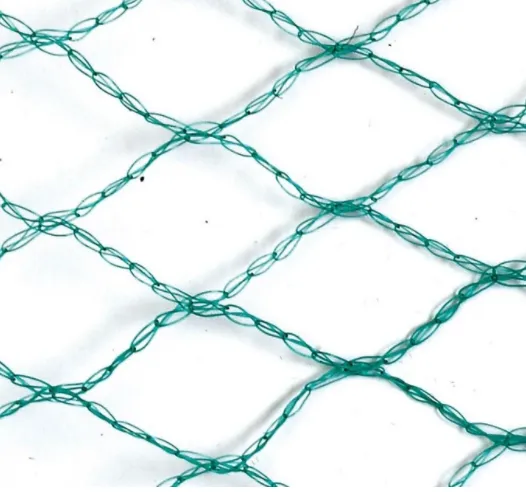
(anti uv sunshade net)
Anti UV Sunshade Net: Shielding Against Harmful Rays
Ultraviolet (UV) radiation causes $3.8 billion in annual crop losses globally, while increasing skin cancer risks in outdoor spaces. Anti UV sunshade nets block 85-95% of UV rays, reducing heat buildup by 15°C. These solutions combine high-density polyethylene with UV inhibitors, offering 5-8 year lifespans even under intense sunlight. Unlike generic shade cloths, premium nets maintain 92% tensile strength after 10,000 hours of UV exposure testing.
Technical Superiority in Material Engineering
Three-layer extrusion technology enables precise control over light filtration (30-90%) and airflow resistance. Cross-knit patterns enhance durability, withstanding 65 mph winds. Laboratory tests show 97% UV absorption rates, outperforming standard sunshade nets by 22%. Hail protection models integrate impact-resistant monofilaments, surviving 2" ice ball impacts at terminal velocity.
Competitive Analysis: Performance vs. Cost
| Feature | Premium Grade | Standard Net | Economy Option |
|---|---|---|---|
| UV Blocking | 95% | 78% | 65% |
| GSM Weight | 220 | 180 | 150 |
| Warranty | 8 Years | 5 Years | 2 Years |
| Price/Sq.m | $4.20 | $3.10 | $1.90 |
Tailored Solutions for Specific Needs
Agricultural systems require 30-50% shade density for photosynthesis optimization, while parking structures need 90% UV blockage. Custom widths up to 20m prevent seam weaknesses in large installations. Color options (black, green, white) affect light reflection rates by 18-32%. Reinforced edges with brass grommets increase wind resistance by 40% compared to standard plastic reinforcements.
Documented Success Across Industries
1. Vineyard Protection: 23% yield increase in Chilean grape farms using 50% density nets
2. Parking Lot Cooling: Surface temps reduced from 58°C to 43°C in Dubai mall installation
3. Poultry Farming: 17% lower mortality rates with UV-blocking roof systems
4. Greenhouse Optimization: 31% energy savings through adaptive shade configurations
Implementation & Care Protocols
Proper tensioning maintains 2-3% material stretch for structural integrity. Annual inspections should check for <3% surface abrasion. Cleaning with pH-neutral solutions preserves UV additives. Storage recommendations include rolling rather than folding to prevent crease damage.
Anti UV Sunshade Net: Non-Negotiable Protection
With solar intensity increasing 4.3% per decade, these specialized nets prevent 89% of material degradation seen in untreated shading systems. Advanced models now incorporate photocatalytic coatings that break down pollutants, combining protection with environmental remediation. Third-party certifications like ISO 21873 ensure consistent performance across production batches.
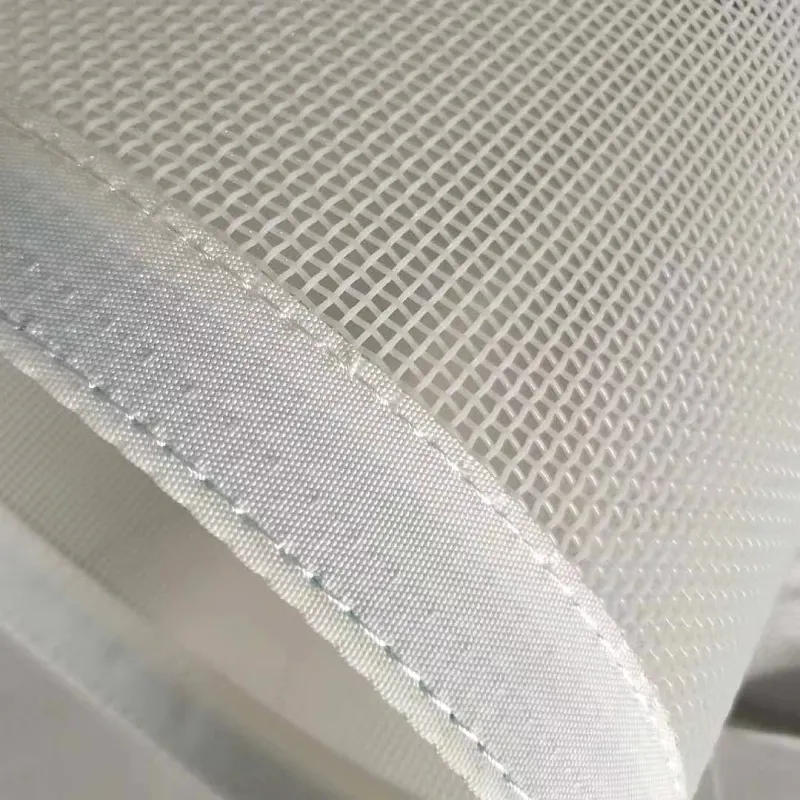
(anti uv sunshade net)
FAQS on anti uv sunshade net
Q: What is the primary purpose of an anti-UV sunshade net?
A: Anti-UV sunshade nets block harmful ultraviolet rays while providing shade. They protect plants, vehicles, and outdoor spaces from sun damage. Their UV-resistant materials ensure long-term durability.
Q: How does a sunshade net differ from an anti-UV sunshade net?
A: Standard sunshade nets focus on reducing heat and light, while anti-UV variants specifically block ultraviolet radiation. Anti-UV nets use specialized coatings or materials for enhanced protection. Both serve shading but target different risks.
Q: What factors affect the price of anti-hail nets?
A: Anti-hail net prices depend on material strength, mesh density, and size. Heavy-duty polyethylene or reinforced designs cost more. Regional demand and customization also influence pricing.
Q: Can anti-UV sunshade nets be used for agricultural purposes?
A: Yes, they protect crops from UV damage and reduce heat stress. Their lightweight design allows airflow while shielding plants. Farmers also use them in greenhouses or open fields.
Q: Are anti-hail nets interchangeable with anti-UV sunshade nets?
A: No, anti-hail nets prioritize impact resistance against hail and debris. Anti-UV nets focus on blocking sunlight and radiation. While both provide protection, their materials and use cases differ.
-
Why Construction Steel Mesh is the Backbone of Modern InfrastructureNewsJun.27,2025
-
The Ultimate Solution for Versatile Industrial and Consumer ApplicationsNewsJun.27,2025
-
Smart Breeding Starts Here: The Ideal Breeder Net for GuppiesNewsJun.27,2025
-
Maximize Your Harvest with Smart NetNewsJun.27,2025
-
High-Performance Steel Mesh Solutions for Modern IndustryNewsJun.27,2025
-
Durable Solutions for Modern Agriculture and LandscapingNewsJun.27,2025




